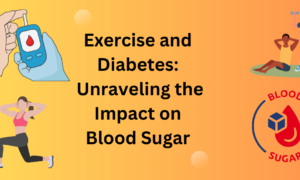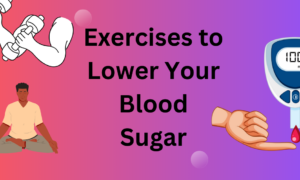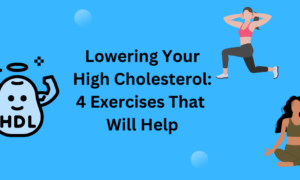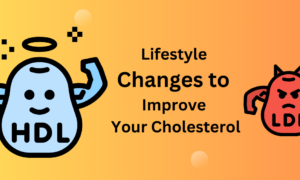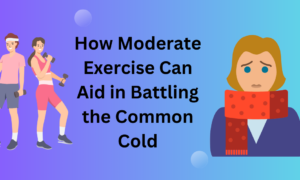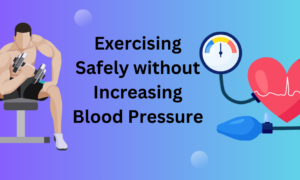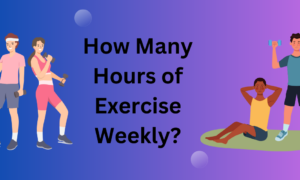Cardio has been misunderstood for years in the fitness world. Many see it as a fat burning tool or a performance enhancer and dismiss it as unnecessary or even counterproductive to strength training. But the truth is cardio is super adaptable. When approached with intention it supports every kind of fitness goal; whether you want to run further, lift heavier or look leaner. Knowing how to use cardio for endurance, cardio for strength or cardio for aesthetics allows you to unlock its full potential.
Instead of seeing it as the enemy of muscle or a boring chore, think of it as a system enhancer that improves recovery, heart health and metabolic flexibility. Cardio doesn’t compete with your goals; it amplifies them when used strategically.
Cardio for Endurance: Building a Long-Lasting Engine
When most people think of cardio for endurance they think of long distance runners, cyclists or swimmers training for hours. But endurance isn’t just about duration; it’s about efficiency. Consistent aerobic exercise improves the body’s ability to use oxygen and convert fat into fuel, making everyday physical activity easier and more sustainable. By training at moderate intensity for longer periods you strengthen the heart and lungs, increasing their ability to deliver oxygen rich blood to working muscles.
This adaptation helps prevent fatigue and supports better recovery during strength or high intensity sessions. For athletes it’s the base upon which other training methods are built. For the average person it means being able to climb stairs, play sports or go for long walks without getting tired quickly. Far from being boring, endurance cardio lays the foundation for a resilient, healthy and active life.
Cardio for Strength: Powering Performance and Recovery
Adding cardio to your strength training program might seem crazy, especially if you’re focused on building muscle or power. But the right kind of cardio enhances muscular endurance, regulates body composition and work capacity. Low intensity steady state cardio (cycling or rowing) increases blood flow and helps with muscle recovery and nutrient delivery. Interval style cardio (sprints or hill runs) stimulates fast twitch muscle fibres and supports explosive power.
Athletes who do cardio with resistance training find their lifting sessions more efficient as improved cardiovascular health increases oxygen transport and energy output. When done smartly cardio for strength doesn’t burn muscle it sustains it. It’s about finding the right volume and intensity to complement strength gains not compete with them. Cardio when done right is a recovery tool and performance enhancer in one.
Cardio for Aesthetics: Sculpting a Balanced Physique
Many people turn to cardio for weight loss, but when applied thoughtfully, cardio for aesthetics does far more than just burn calories. It shapes the body by refining muscle definition and supporting hormonal balance. Different cardio styles can be used to emphasize different aesthetic outcomes. High-intensity intervals help maintain lean muscle mass while increasing metabolic rate for hours post-workout. On the other hand, low-intensity sessions support fat metabolism without overstressing the body.
The key is moderation; too much cardio can lead to muscle loss, while too little may hinder fat reduction. By alternating intensities and focusing on recovery, cardio for aesthetics enhances tone, posture, and proportion. Combined with proper nutrition and resistance training, it becomes an essential element of physical transformation, creating a physique that looks strong, healthy, and well-defined.
Tailoring Cardio to Your Fitness Goals
The beauty of cardio lies in its versatility. A person training for a marathon won’t have the same needs as someone sculpting their body or aiming to lift heavier weights. Understanding how to manipulate variables like intensity, duration, and frequency allows you to align cardio with your objectives. For instance, cardio for endurance focuses on longer sessions at a steady pace, cardio for strength thrives on short bursts of effort, and cardio for aesthetics balances the two to achieve visible muscle refinement.
Matching cardio with your primary training goal helps prevent overtraining and ensures consistent progress. Additionally, rest and nutrition play critical roles in how effectively your body adapts. When cardio supports rather than competes with your training goals, it becomes the unifying element of a sustainable fitness program rather than an exhausting addition.
Cardio and Metabolic Flexibility
Cardio is not just about heart health; it’s also a key driver of metabolic adaptability. Whether performing cardio for endurance, cardio for strength, or cardio for aesthetics, your body learns to switch efficiently between fuel sources. Endurance training teaches the body to burn fat more efficiently, while high-intensity intervals increase glucose utilization. Together, these adaptations improve energy balance and stamina.
Enhanced metabolism also supports better recovery, allowing for higher training volume without fatigue. Many athletes underestimate how much cardio contributes to muscle preservation and hormonal health. Metabolic flexibility helps the body handle both exertion and recovery with ease, ensuring long-term consistency. Far from sabotaging muscle gains or aesthetic progress, cardio acts as the stabilizer that keeps your entire system efficient, responsive, and ready for any physical challenge.
Debunking the “Cardio Burns Muscle” Myth
One of the biggest misconceptions in fitness is that cardio destroys muscle. In reality, it’s the misuse of cardio; excessive volume combined with poor nutrition; that leads to muscle breakdown. When approached correctly, cardio for strength and cardio for aesthetics actually enhance muscle quality by improving circulation, nutrient absorption, and endurance during resistance training. Endurance athletes maintain lean, functional muscle precisely because their training demands it.
The myth likely stems from people overdoing high-intensity cardio without adequate recovery or protein intake. By managing intensity, fueling properly, and integrating resistance training, you can use cardio to maintain a lean yet powerful physique. In fact, balanced cardio improves mitochondrial density and cardiovascular support, both essential for maintaining energy and performance. Cardio doesn’t destroy muscle; it refines and strengthens it when applied strategically.

The Role of Recovery in Effective Cardio Training
Recovery often determines whether your cardio efforts help or hurt your goals. Whether engaging in cardio for endurance, cardio for strength, or cardio for aesthetics, recovery ensures your body can adapt positively. Overtraining the cardiovascular system without rest leads to fatigue, hormonal imbalance, and decreased performance. Adequate sleep, nutrition, and rest days help rebuild energy stores and support muscle repair. Low-intensity active recovery sessions; like walking, stretching, or yoga; enhance circulation without straining the heart or muscles.
This balance between effort and restoration keeps progress sustainable. Recovery also allows for mental reset, which is vital in maintaining motivation over time. Cardio, when done correctly, should leave you feeling energized rather than drained. It’s through recovery that cardio becomes a consistent, lifelong practice rather than a phase of temporary discipline.
Mixing Cardio Types for Maximum Benefit
Different forms of cardio yield unique benefits, and blending them can lead to optimal performance and appearance. Long, steady runs enhance endurance, while sprint intervals increase power and calorie burn. Circuit-based training merges strength and cardio into one efficient session. Combining these variations creates balance; each style supports the others. A person who alternates cardio for endurance, cardio for strength, and cardio for aesthetics gains versatility, performing well across multiple fitness dimensions. This multidimensional approach prevents plateaus and keeps training enjoyable.
It also reflects real-world physical demands, where stamina, power, and appearance often intersect. By rotating between intensities and modalities, you not only challenge your body but also maintain engagement and motivation, ensuring that cardio remains a dynamic and rewarding part of your overall fitness journey.
Using Technology to Optimize Cardio
Modern technology has made cardio training more precise and personalized than ever. Wearable trackers, heart rate monitors, and mobile apps provide real-time data that helps individuals fine-tune cardio for endurance, cardio for strength, or cardio for aesthetics. Monitoring heart rate zones ensures that you train at the right intensity for your goals; steady aerobic sessions for endurance, higher thresholds for strength, and mixed intervals for aesthetics.
Tracking recovery times and performance metrics allows for smarter adjustments without guesswork. Over time, this data-driven approach helps prevent overtraining and maximizes return on effort. Technology doesn’t replace discipline or intuition, but it enhances awareness, allowing each workout to be both efficient and purposeful. When used responsibly, digital tools make cardio more strategic, measurable, and ultimately, more rewarding for both health and performance.
The Emotional and Mental Benefits of Cardio
Beyond physical transformations, cardio offers profound mental and emotional advantages. Activities like running, swimming, or cycling stimulate endorphins and serotonin, which reduce stress and elevate mood. This mental clarity complements physical progress, making cardio for endurance, cardio for strength, and cardio for aesthetics equally beneficial for psychological resilience. Regular cardio enhances focus, creativity, and self-discipline; qualities that translate into other areas of life.
The repetitive, rhythmic nature of movement also promotes mindfulness, helping individuals reconnect with their bodies and release mental fatigue. When cardio becomes a consistent practice rather than a punishment, it fosters balance between physical strength and mental peace. The best fitness programs recognize this dual benefit, treating cardio not just as exercise but as a holistic tool for emotional and physical well-being.
Nutrition and Cardio Synergy
The effectiveness of cardio for endurance, cardio for strength, or cardio for aesthetics is closely tied to nutrition. The type of fuel you consume determines how your body performs and recovers. For endurance-focused cardio, a diet rich in complex carbohydrates provides long-lasting energy to sustain prolonged activity. For strength and aesthetics, adequate protein intake preserves muscle mass and aids in repair, while balanced fats support hormone production. Hydration is equally important since cardio increases sweat loss and impacts performance.
Consuming the right nutrients before and after sessions ensures that cardio complements, rather than compromises, your progress. When properly nourished, the body uses energy more efficiently, burns fat effectively, and recovers faster. Nutrition acts as the foundation that allows cardio to deliver measurable results, bridging the gap between effort and outcome in every phase of fitness.
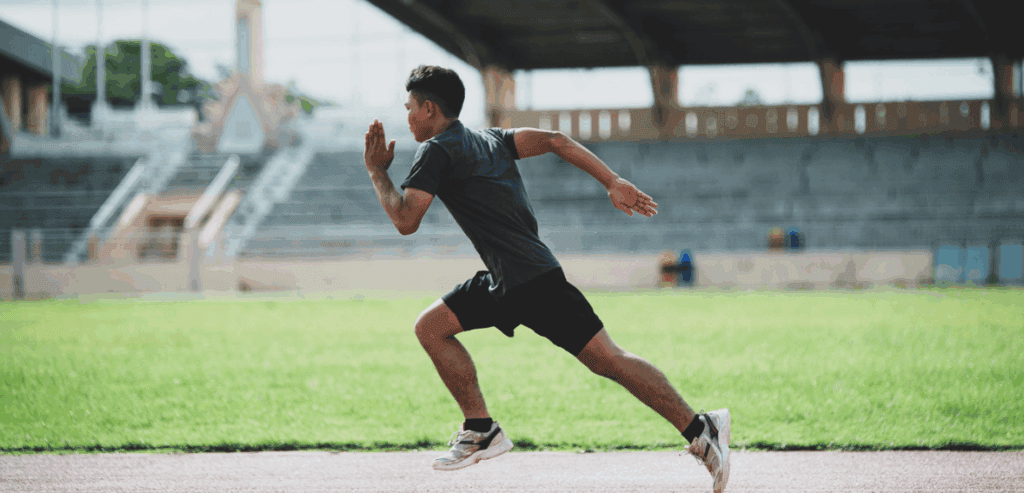
Adapting Cardio to Different Training Phases
Fitness goals evolve, and so should your approach to cardio. During strength-building phases, short bursts of cardio for strength help maintain stamina without interfering with recovery. When focusing on fat loss, incorporating more frequent sessions of cardio for aesthetics supports calorie deficit while enhancing muscle definition. In periods of high training intensity or competition preparation, cardio for endurance sustains cardiovascular health and prevents fatigue buildup. Adjusting intensity and frequency ensures your system adapts efficiently without burnout.
Periodization; the strategic cycling of cardio types; keeps performance balanced across all domains. This approach prevents stagnation, maintains enthusiasm, and aligns with overall fitness progress. Understanding when to push and when to recover makes cardio not only effective but sustainable, ensuring long-term gains without overtraining or exhaustion.
The Social and Lifestyle Aspect of Cardio
Cardio often extends beyond exercise; it becomes a lifestyle connector. Activities like group runs, cycling clubs, or dance-based workouts make cardio for endurance, cardio for strength, and cardio for aesthetics enjoyable and communal. Social motivation enhances consistency, which is vital for results. Shared goals and friendly competition transform cardio from a solitary task into a positive social experience that strengthens discipline and commitment.
Moreover, incorporating cardio into daily routines; walking meetings, commuting by bike, or hiking weekends; blends fitness with life seamlessly. This consistency improves heart health, mood, and energy levels without feeling forced. A social approach to cardio helps maintain enthusiasm and reduces the perception of exercise as a chore. Over time, cardio becomes not just a workout strategy but an integral, uplifting part of a balanced lifestyle.
Cardio Longevity: Sustaining Performance Across Ages
As the body ages, cardio remains one of the most powerful tools for maintaining health and vitality. Cardio for endurance keeps the heart and lungs efficient, reducing risks of cardiovascular disease. Cardio for strength supports joint stability, flexibility, and balance, which are vital for longevity and injury prevention. For those focusing on physical appearance, cardio for aesthetics preserves lean mass and metabolic rate, both of which tend to decline with age.
Unlike high-impact strength training, cardio can be adjusted to suit any fitness level; making it sustainable for decades. Walking, swimming, or low-impact cycling provide long-term benefits without excessive strain. Incorporating variety prevents overuse injuries while keeping the body responsive. In essence, cardio becomes not just a fitness choice but a lifelong investment in quality of life, extending physical capability and emotional well-being well into later years.
Conclusion: Cardio as the Ultimate Fitness Ally
Cardio has unfairly earned a reputation as the enemy of strength or muscle growth, but in reality, it’s one of the most versatile and essential components of fitness. When strategically tailored, cardio for endurance, cardio for strength, and cardio for aesthetics can coexist harmoniously, supporting one another to build a balanced and capable body. It strengthens the heart, refines muscle tone, enhances metabolism, and supports recovery; all while improving mental health and energy levels.
The key is intention: knowing when, how, and why to use cardio for your specific goals. Rather than viewing it as a competing force, see cardio as your ally in achieving complete fitness; a tool that builds stamina, strength, and confidence from the inside out. By redefining its role, you can turn cardio into your most effective partner in the lifelong pursuit of health and performance.


